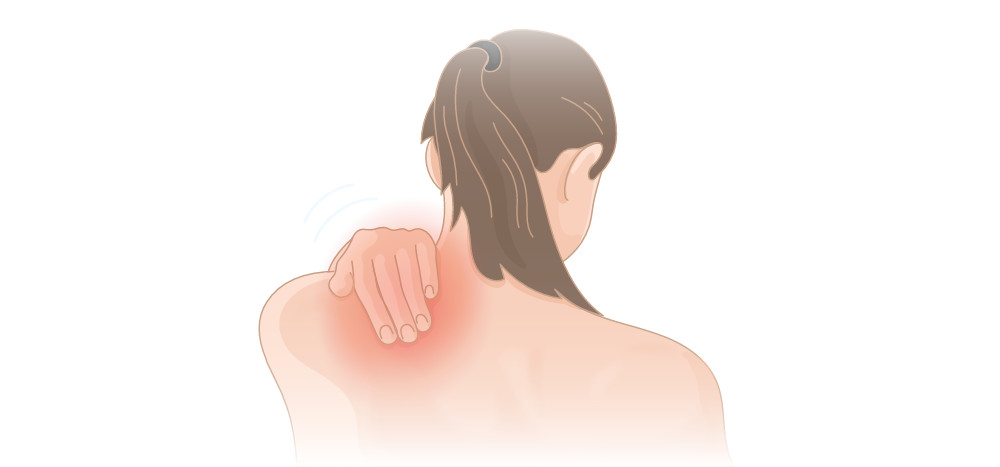The shoulder blade is a triangular-shaped bone that connects your upper arm bone to your collarbone and chest wall. You have two shoulder blades, one located on either side of your upper back. It’s protected by many muscles, which give it strength and allow it to move smoothly.
Shoulder blade fractures are not common. According to the American Association of the Orthopaedic Surgeons, they make up less than 1 percent of all broken bones in the United States each year. Because it’s so hard to break a shoulder blade, fractures are usually caused by major traumas, such as car or motorcycle crashes, sports accidents, or extreme falls.
There are several parts of the shoulder blade that may be fractured:
Scapular Body Fracture
According to Wheeless’ Textbook of Orthopaedics, an online textbook maintained by the Duke University Medical Center Department of Orthopedic Surgery, most fractures occur in the scapular body area. It is the largest part of the shoulder blade.
Scapular Neck Fracture
Shoulder blade fractures occur second-most often in the scapular neck area, according to the Duke Orthopaedics textbook. This is the narrow part of the shoulder blade right below the shoulder socket where the bone connects to the upper-arm bone.

Glenoid
This is the socket where the upper arm bone connects to the shoulder blade. Fracture is very rare in the glenoid part of the shoulder blade.
Acromion
The acromion is the highest point of the shoulder blade that connects it to the collarbone. Fractures can occur here, but they’re rarely severe.
Coracoid
This is the small hooklike bone that connects the shoulder blade to the collarbone. This bone is very unlikely to be fractured.
Recognizing the Symptoms of a Shoulder Blade Fracture
Fractures to the different parts of the shoulder blade may cause slightly different symptoms. But generally, symptoms include:
- severe pain when you try to move your arm
- inability to lift your arm over your head
- swelling, bruising, and skin abrasion at the back of your shoulder blade
Other injuries, especially those caused by trauma, may present the same symptoms as a fractured shoulder blade. All fractures are serious, so it’s important to see a doctor right away if you experience any of the above symptoms.
What Causes a Shoulder Blade Fracture?
Falling or being hit hard on the arm can cause shoulder blade fractures. Most commonly, a fracture occurs after:
Falling Onto an Outstretched Arm
When people are falling, they tend to reach out one or both arms to protect the rest of their bodies from injury. This pulls your arm muscles tight, making your shoulder blade more prone to a fracture.
Being Hit Hard in the Shoulder
A severe blow to the shoulder from a car or motorcycle accident, fall, or hard object (such as a baseball or a baseball bat) can fracture the shoulder blade.
How Is a Shoulder Blade Fracture Diagnosed?
If a shoulder blade fracture is suspected, your doctor will perform a complete physical exam. They will check the position and alignment of your shoulder, and will also look for other physical injuries that may have occurred along with the shoulder fracture.
If you have severe injuries, your doctor may not be able to perform a physical exam. Whether or not a physical exam is possible, your doctor will also order imaging tests of your shoulder and chest. They may order X-rays or a CT scan to determine exactly where and how badly your shoulder blade was broken.powered by Rubicon Project
Can Other Conditions Be Caused By a Shoulder Blade Fracture?
Many people who experience shoulder blade fractures also have other serious injuries as a result of the trauma, such as skull, spine, and chest.
If left untreated, shoulder blade fractures will heal over time, but may heal in the wrong position. This is called malunion. Malunion can lead to residual pain and stiffness, mobility issues, and a bump on the back of the shoulder blade. Usually, surgery is required to fix a shoulder blade fracture that heals incorrectly.
Source: https://www.healthline.com/
